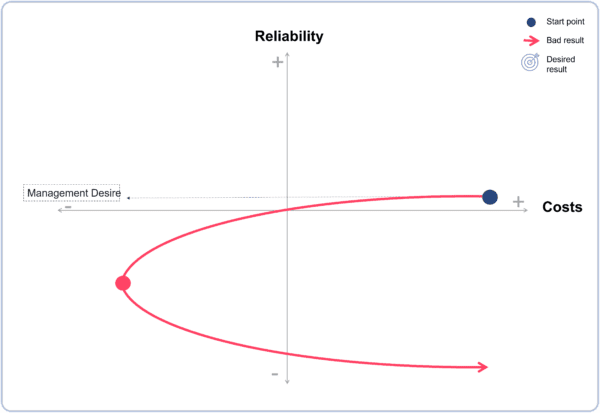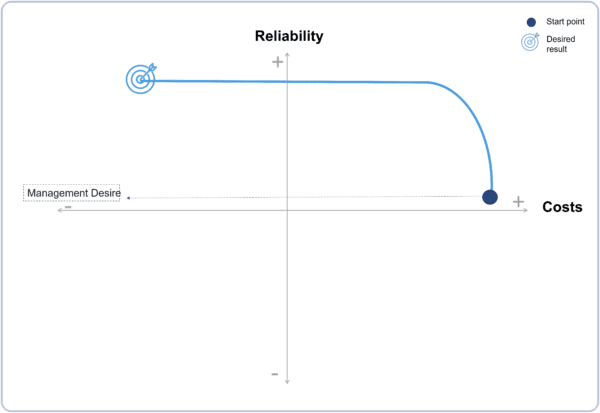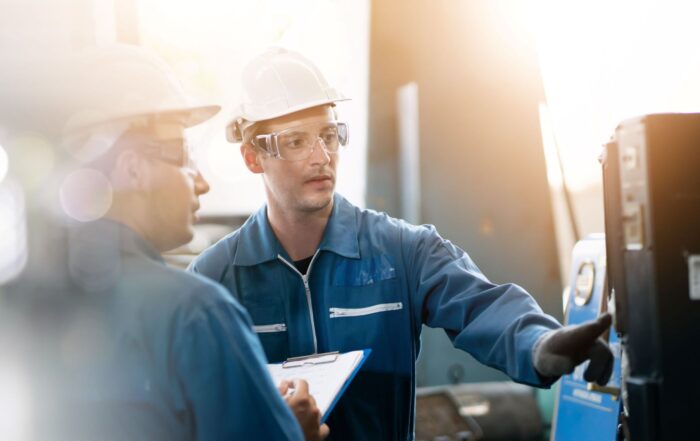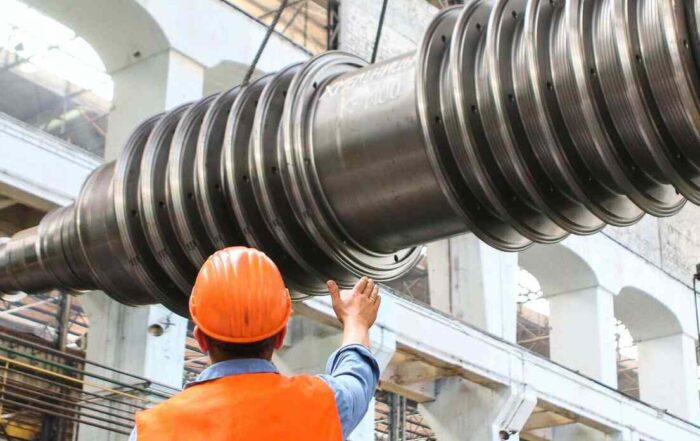When looking at a company’s bottom line, corporate or plant management usually do not view the Maintenance department as a driver for performance efficiency or effectiveness. So, if management intends to slice the budget, the Maintenance Manager needs to have strong arguments to prevent this from happening. In fact, in order to positively influence the Overall Equipment Effectiveness (OEE) it may be that you do not only have to keep the same budget but have to invest at first to realize sustainable asset performance at the desired level. We explain why it is not the right strategy to cut cost if you want long lasting OEE improvements.
Maintenance and OEE
Overall Equipment Effectiveness combines equipment availability, asset performance, production planning and production quality to show plant efficiency. Maintenance influences all of these aspects in a greater or lesser degree. In a nutshell, asset reliability and availability are the most important contributing factors to OEE by the Maintenance department because when the reliability of assets increases their availability increases, allowing for a higher production output.
Scenario 1: Cutting maintenance cost
Saving cost on Maintenance by, for example, resizing the team or deciding to stop doing certain tasks results in a lower reliability of the assets. Yes, in the short term Maintenance spend decreases. Moreover, combined with a subpar equipment reliability starting point, the medium-term effect will be also be a further reduction of asset reliability. This will lead to more corrective maintenance tasks as more equipment breaks down. In the end, the cost will be at the same level or higher because Corrective Maintenance takes more time and effort to fix, can have collateral damage and parts that need to be replaced can be costly. In this scenario, downtime increases so production output and maybe even product quality are negatively influenced.

Scenario 2: Keeping or increasing budget
If you want to realize sustainable results you first need to ensure your equipment reliability is at a sustainable level. Remember that performance can only be at the desired level if the supporting processes are in place to keep it there. This might require an investment in for example process improvements as well as in equipment or digital transformation and Industry 4.0 solutions. Organizations that are able to make this scenario work often do this by either keeping the same budget or increasing it to optimize asset reliability (through Reliability-Centered Maintenance). We have written a lot about this already but we will say it again: invest in Preventive Maintenance (PM) to decrease Corrective Maintenance (CM). If you do, you might not immediately see an enormous change in your PM:CM ratio. However, the cost shift will be substantial and will soon lower spend because corrective work is more expensive as mentioned above. With more planned maintenance you will also work more efficiently (which is usually the case with planned work). This can lead to a decrease in staff cost as a smaller workforce (own and contractors) can do more.

Where to start to get sustainable results
So, when you have convinced management of the sustainable course of action (scenario 2) then what’s the best way to start? Here are some tips:
How to keep management involved
Rome wasn’t built in a day. If someone has invested a lot of money in Italian city real estate though, they would want to be kept in the loop of progress and see results. Corporate or site management prefers to see results in the budget year that the cost reduction was agreed on whereas these types of asset performance improvement programs take typically two to three years depending on the situation at starting improvements and the size of the asset base. To give an example: if Mean Time Between Failure (MTBF) for a specific asset is three months, it will need time to implement PM plans, monitor and prove improvements. When prioritizing the bad actor list, consider first working on quick wins or keeping the first stage limited in scope. Either of these strategies will ensure you have proof of success sooner after which you can work on more difficult bad actors or scale up the initiative. In any case, make sure you measure your KPIs and give management regular updates.
📰 Download Free Ebook: How to Drive Perrformance with Asset Management
📰 Continue Reading
- Service: Asset Improvement Program
- Article: tips to improve OEE
- Asset Improvement Mapping identifies €5.5mm savings for pharmaceutical plant
- SF Public Utilities optimizes PM Strategy through RCM study
- Australian energy co. saves $1.75MM optimizing maintenance productivity
- Checklist: Preventive Maintenance vs Predictive Maintenance
- Comparing Condition-Based and Predictive Maintenance
Get inspired
Though condition-based maintenance and predictive maintenance have some overlap, they are not technically the same.
Watch our panel discussion with MaxGrip experts as we cover the challenges maintenance and reliability professionals are facing in times of pandemic crisis.
Introductory article on RCM, the assessment criteria and the implementation process.




